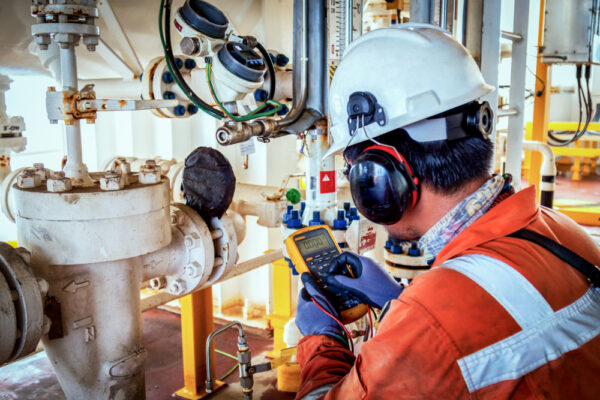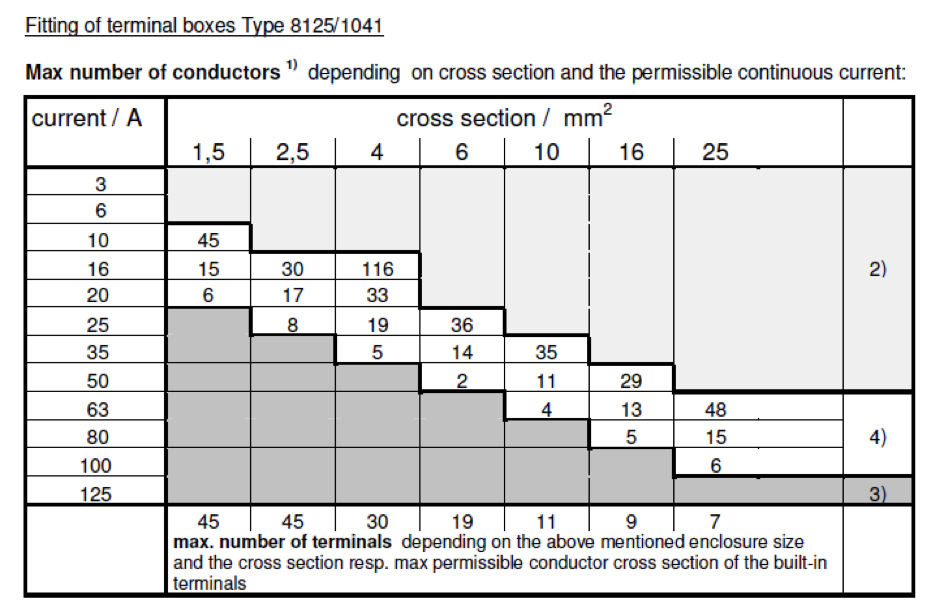The 5-Second Trick For Roar Solutions
The 5-Second Trick For Roar Solutions
Blog Article
Get This Report about Roar Solutions
Table of ContentsRoar Solutions - TruthsThe 25-Second Trick For Roar Solutions8 Easy Facts About Roar Solutions Shown
In such an atmosphere a fire or surge is feasible when three basic problems are met. This is typically referred to as the "unsafe area" or "burning" triangle. In order to shield installations from a possible surge a method of evaluating and identifying a potentially dangerous location is needed. The purpose of this is to guarantee the correct choice and setup of devices to eventually protect against an explosion and to make certain safety of life.
(https://pastebin.com/u/roarsolutions)
No equipment ought to be installed where the surface area temperature of the equipment is higher than the ignition temperature level of the given danger. Below are some usual dirt unsafe and their minimum ignition temperature level. Coal Dust 380C 225C Polythene 420C (melts) Methyl Cellulose 420C 320C Starch 460C 435C Flour 490C 340C Sugar 490C 460C Grain Dirt 510C 300C Phenolic Material 530C > 450C Aluminium 590C > 450C PVC 700C > 450C Residue 810C 570C The probability of the risk existing in a focus high enough to create an ignition will certainly differ from location to place.
In order to classify this risk an installation is divided right into locations of risk depending upon the quantity of time the unsafe is existing. These areas are described as Zones. For gases and vapours and dusts and fibers there are 3 zones. Area 0 Area 20 An unsafe ambience is highly most likely to be existing and may exist for extended periods of time (> 1000 hours annually) or perhaps continuously Area 1 Zone 21 An unsafe atmosphere is feasible but not likely to be present for long periods of time (> 10 450 C [842 F] A category of T6 implies the minimum ignition temperature is > 85 C [185 F] Unsafe area electrical devices possibly made for use in higher ambient temperatures. This would indicated on the ranking plate e.g. EExe II C T3 Ta + 60C( This implies at 60C ambient T3 will certainly not be surpassed) T1 T1, T2, T3, T4, T5, T6 T2 T2, T3, T4, T5, T6 T3 T3, T4, T5, T6 T4 T4, T5, T6 T5 T5, T6 T6 T6 A T Course ranking of T1 indicates the maximum surface area temperature produced by the instrument at 40 C is 450 C. Presuming the connected T Class and Temperature score for the tools are proper for the area, you can constantly use an instrument with an extra strict Division score than needed for the area. There isn't a clear solution to this question. It truly does rely on the sort of equipment and what fixings need to be accomplished. Tools with particular examination treatments that can not be carried out in the field in order to achieve/maintain third celebration score. Have to return to the factory if it is before the devices's solution. Area Repair Work By Authorised Employee: Challenging testing may not be needed however details treatments might require to be complied with in order for the equipment to preserve its 3rd party ranking. Authorised personnel have to be employed to perform the work properly Repair have to be a like for like replacement. New component have to be taken into consideration as a direct replacement calling for no unique testing of the tools after the repair service is total. Each item of tools with an unsafe score need to be assessed individually. These are laid out at a high level below, however, for more comprehensive information, please refer straight to the standards.
Get This Report about Roar Solutions
The equipment register is an extensive database of equipment records that includes a minimum set of areas to identify each item's place, technological criteria, Ex category, age, and environmental data. This information is vital for tracking and taking care of the tools effectively within hazardous areas. In comparison, for routine or RBI sampling inspections, the grade will be a mix of In-depth and Close assessments. The ratio of Detailed to Shut examinations will be figured out by the Tools Risk, which is analyzed based on ignition threat (the probability of a resource of ignition versus the chance of a combustible ambience )and the dangerous location category
( Zone 0, 1, or 2). This variation will also affect the resourcing requirements for job preparation. Once Lots are defined, you can develop sampling strategies based upon the sample dimension of each Great deal, which refers to the number of arbitrary devices items to be checked. To determine the needed sample size, 2 aspects need to be reviewed: the size of the Great deal and the category of evaluation, which suggests the degree of initiative that need to be applied( lowered, regular, or boosted )to the inspection of the Great deal. By integrating the group of examination with the Lot size, you can after that develop the ideal being rejected standards for a sample, indicating the allowed variety of damaged products discovered within that example. For more details on this process, please describe the Energy Institute Standards. The IEC 60079 basic advises that the maximum interval in between evaluations should not surpass 3 years. EEHA evaluations will certainly also try this out be carried out beyond RBI campaigns as part of set up upkeep and equipment overhauls or fixings. These assessments can be credited toward the RBI sample dimensions within the impacted Whole lots. EEHA assessments are carried out to determine mistakes in electric tools. A heavy scoring system is essential, as a single item of equipment might have several mistakes, each with differing levels of ignition threat. If the mixed rating of both evaluations is much less than twice the mistake rating, the Whole lot is regarded appropriate. If the Great deal is still considered unacceptable, it should undergo a full inspection or reason, which might trigger stricter evaluation methods. Accepted Great deal: The root causes of any type of faults are recognized. If a typical failing setting is located, additional tools may need maintenance. Mistakes are identified by extent( Security, Stability, Housekeeping ), ensuring that immediate issues are evaluated and addressed promptly to alleviate any influence on safety and security or procedures. The EEHA database ought to track and tape the lifecycle of faults together with the restorative actions taken. Carrying out a durable Risk-Based Assessment( RBI )strategy is vital for guaranteeing conformity and safety in taking care of Electric Equipment in Hazardous Areas( EEHA) (eeha). Automated Fault Scoring and Lifecycle Administration: Easily handle mistakes and track their lifecycle to improve evaluation accuracy. The intro of this assistance for risk-based evaluation better reinforces Inspectivity's setting as a best-in-class remedy for governing conformity, as well as for any type of asset-centric examination use instance. If you want discovering more, we invite you to request a demonstration and discover just how our service can transform your EEHA administration procedures.
The Ultimate Guide To Roar Solutions

In regards to eruptive threat, an unsafe area is an environment in which an explosive atmosphere exists (or might be expected to be existing) in quantities that call for special precautions for the building and construction, setup and usage of devices. eeha training. In this short article we explore the difficulties dealt with in the office, the danger control procedures, and the required proficiencies to work securely
It is an effect of contemporary life that we manufacture, store or manage a variety of gases or fluids that are regarded flammable, and an array of dusts that are considered flammable. These materials can, in particular conditions, develop eruptive environments and these can have significant and heartbreaking effects. A lot of us are familiar with the fire triangle eliminate any type of one of the three aspects and the fire can not take place, yet what does this mean in the context of hazardous areas? When damaging this down right into its easiest terms it is basically: a mix of a particular quantity of launch or leak of a specific substance or product, blending with ambient oxygen, and the presence of a source of ignition.
In a lot of circumstances, we can do little about the degrees of oxygen airborne, but we can have considerable impact on sources of ignition, for example electrical devices. Dangerous areas are documented on the hazardous location classification illustration and are determined on-site by the triangular "EX-SPOUSE" indicator. Right here, amongst other essential information, zones are split right into three kinds depending upon the danger, the chance and duration that an explosive environment will certainly exist; Zone 0 or 20 is deemed the most dangerous and Area 2 or 22 is regarded the least.
Report this page